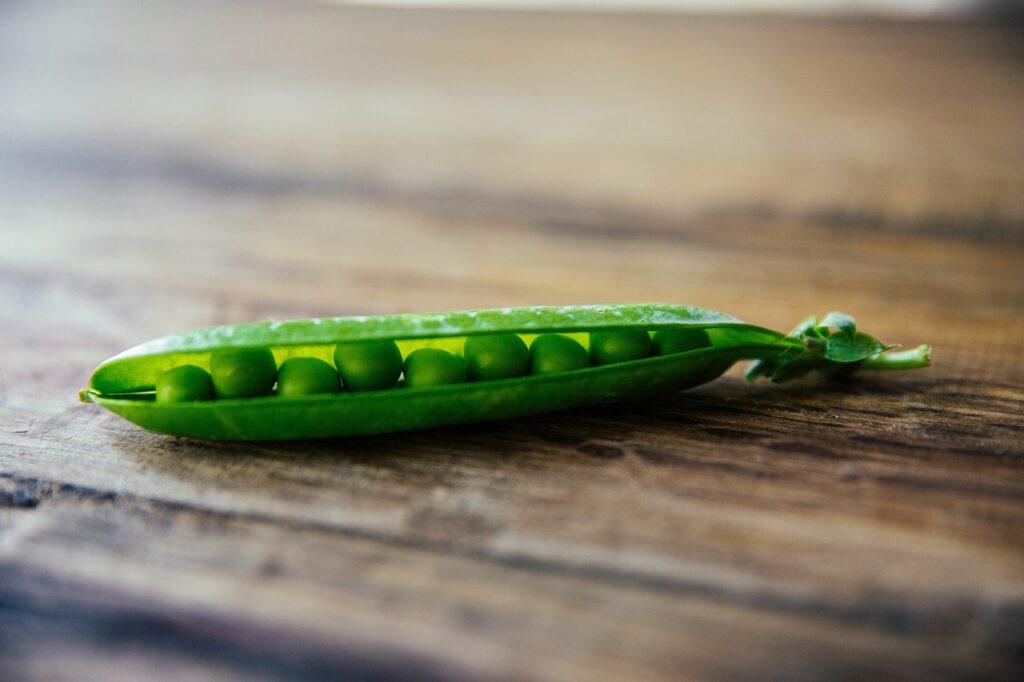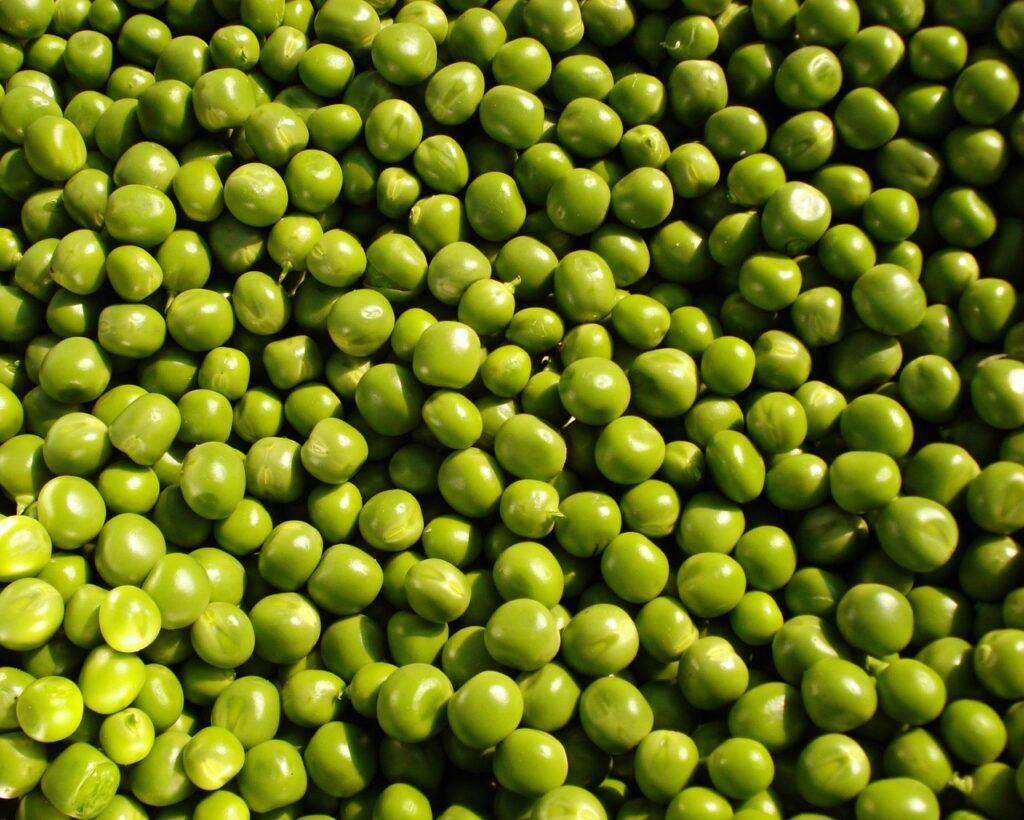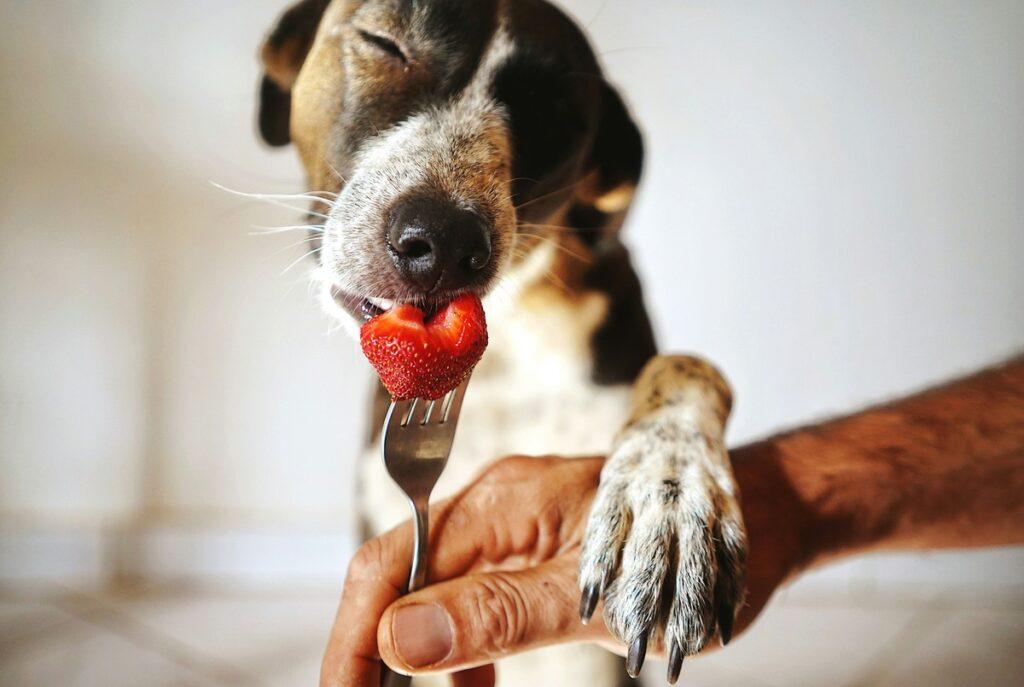Can dogs eat peas? This is a common question among pet parents looking to add variety to their dog’s diet. The good news is, peas can be a healthy snack for your dog—when served correctly. In this article, we’ll explore the benefits, risks, and the best ways to feed peas to your canine companion.
Table of Contents
- Health Benefits of Peas for Dogs
- Types of Peas Dogs Can Eat
- How to Prepare Peas for Dogs
- Potential Risks and Side Effects
- How Much Peas Can Dogs Eat?
- FAQ
Health Benefits of Peas for Dogs
Peas are rich in vitamins A, B, and K, and they offer essential nutrients such as fiber, iron, zinc, potassium, and magnesium. These small green veggies are also a source of plant-based protein, which can be beneficial for active dogs or those needing a boost in their energy levels.
In particular, the antioxidants in peas help support a dog’s immune system and reduce inflammation. This makes peas an excellent addition to a dog’s diet when fed in moderation.

Types of Peas Dogs Can Eat
Can dogs eat peas in all forms? Not quite. The safest types of peas for dogs include:
- Green peas
- Snow peas
- Sugar snap peas
- Frozen peas (unsalted and plain)
Canned peas are not recommended due to their high sodium content. If using frozen peas, ensure there are no added seasonings or preservatives. Always feed peas in moderation and as part of a balanced diet.
How to Prepare Peas for Dogs
It’s best to serve peas plain—steamed or boiled without salt, garlic, or onion. These additives are toxic to dogs. If you want to make peas part of your dog’s homemade food, you can mash them and mix into their kibble or serve as a standalone snack.
Some owners also use peas as training treats or blend them into DIY dog food recipes. If you’re interested in cooking for your dog, check out our Homemade Dog Food Recipes.
Potential Risks and Side Effects
Although peas are generally safe, they should be avoided in dogs with kidney issues. Peas contain purines, which produce uric acid and can exacerbate kidney conditions. Signs that your dog may not tolerate peas include bloating, gas, or loose stools.
If your dog shows any negative symptoms, discontinue use and consult a veterinarian. For more information on sensitive stomachs, read our article on Best Dog Food for Sensitive Stomachs.
How Much Peas Can Dogs Eat?
Start by offering a small portion—no more than a tablespoon for small dogs or a quarter cup for larger breeds. Peas should never make up more than 10% of your dog’s daily caloric intake.
Moderation is key. Even though peas are healthy, too much fiber can upset your dog’s stomach. For healthy treat alternatives, check our post on Healthy Homemade Dog Treats.
FAQ
Can dogs eat canned peas?
It’s best to avoid canned peas due to the high sodium content, which can harm your dog’s health.
Are peas toxic to dogs?
No, peas are not toxic, but they should be served plain and in moderation.
Can puppies eat peas?
Yes, but in small amounts. Always consult your vet before introducing new foods.
Can dogs eat raw peas?
Yes, but cooked peas are easier to digest and pose less choking risk.
Are peas good for dogs with allergies?
They can be, but introduce gradually to observe any reactions.
For more details on canine nutrition, refer to PetMD’s guide on dogs and peas.



